Feds, state agencies to test for metals, study fish populations
On a larger scale, Summit Water Quality/Quantity expert Lane Wyatt and Trout Unlimited’s Elizabeth Russell will use the information to fill in the gaps in a proposed watershed plan for the Snake River Basin.
http://www.summitdaily.com/article/20070703/NEWS/70703002
SUMMIT COUNTY — An ambitious round of water sampling this summer in the Snake River Basin will help lay the groundwork for a comprehensive watershed plan. One key goal is treating polluted drainage from the abandoned Pennsylvania Mine, near Peru Creek, where toxic zinc, cadmium and other dissolved metals are leaching into the water. Combined with pollution from other sources and naturally occurring minerals in the drainage, concentrations of metals in the Snake are so high that fish can’t survive.
The sampling this summer includes EPA tests, as well as more work by state health and water quality officials, while the U.S. Forest Service will take a close look at the status of aquatic insects, the macro invertebrates that form the base of the food chain. Among the agencies doing tests is the U.S. Geological Survey (USGS), which has been sampling the Snake and its tributaries for three years as part of a larger assessment of the environmental effects of historical mining in Central Colorado. The USGS has sampled at six sites, including the relatively untainted North Fork of the Snake (flowing down from Loveland Pass), Peru Creek above and below the Pennsylvania Mine, Deer Creek and Sts. John Creek (above Montezuma) and the Snake River in Keystone.
In an e-mail to the Snake River Task Force, USGS researcher Stan Church explained that preliminary results confirms a previous study by biologist Andrew Todd, showing fish will not survive in the contaminated stream segments. Zinc is directly toxic to trout and also affects the aquatic bugs that form the base of the food chain.
Church said the USGS is compiling a paper on their work and emphasized the preliminary nature of the results, but wanted to give the task force a heads up so that nobody is surprised when the results are published, perhaps by the end of the summer.
Some of the tests scheduled this summer include EPA water sampling and Forest Service macroinvertebrate research next week. The Colorado Division of Wildlife will do some fish population studies later in the month, while state environmental experts will test mine waste piles and do some low-flow sampling in August.
As concentrations of metals vary widely with flows in the streams, the EPA will return to do yet another round of low-flow sampling in late September, repeating some of the early July tests. A full sampling report is expected sometime this coming winter. Using the data, state experts will set new water quality standards for some of the affected Snake River segments, with public comment on those proposed changes to take place in June and July 2008.
On a larger scale, Summit Water Quality/Quantity expert Lane Wyatt and Trout Unlimited’s Elizabeth Russell will use the information to fill in the gaps in a proposed watershed plan for the Snake River Basin.
Wyatt and Russell said previously that a treatment facility for the toxic water from the Pennsylvania Mine could be under construction as soon as 2008, barring any unforeseen pitfalls.
For more Snake River info, check out the task force web site at http://instaar.colorado.edu/SRWTF/.








